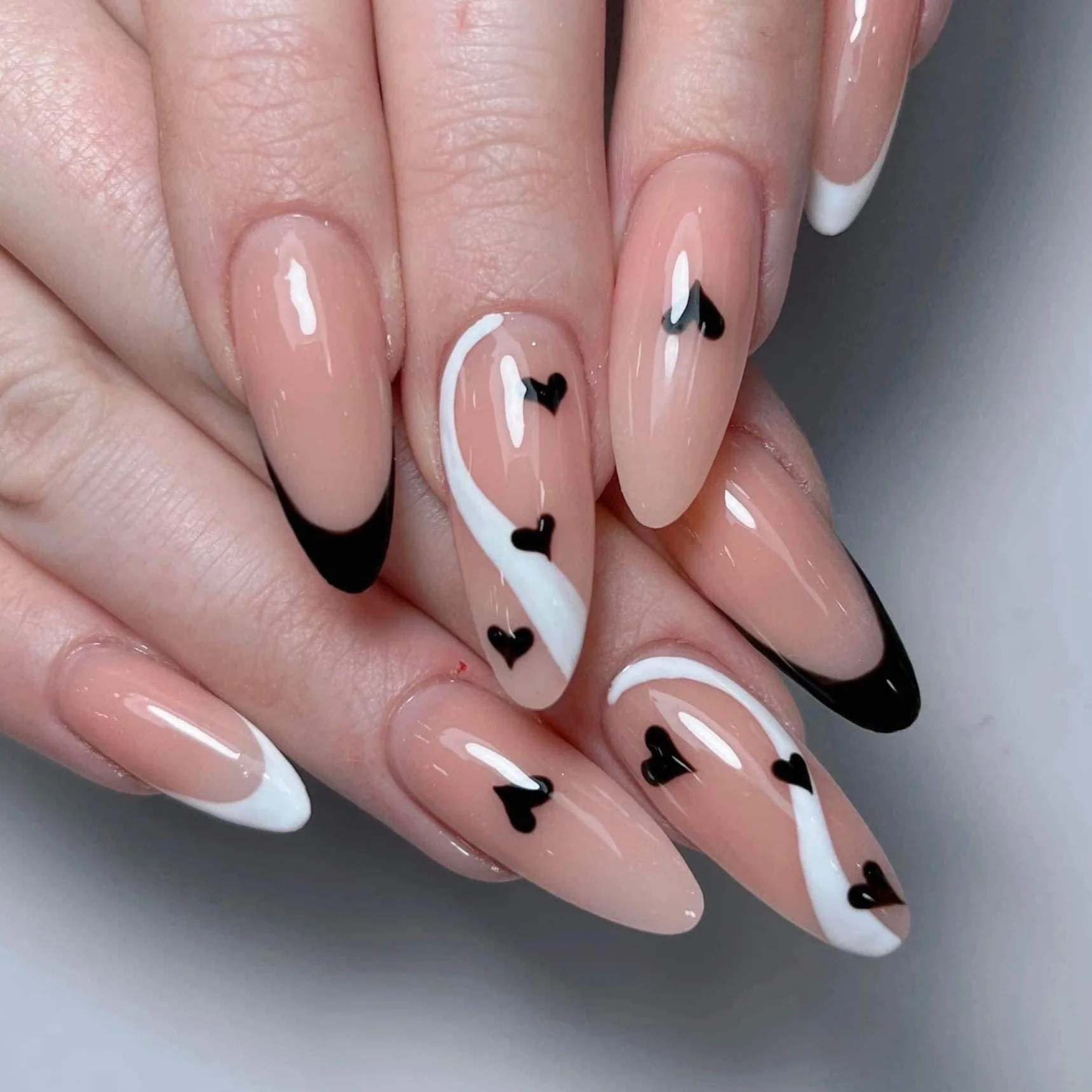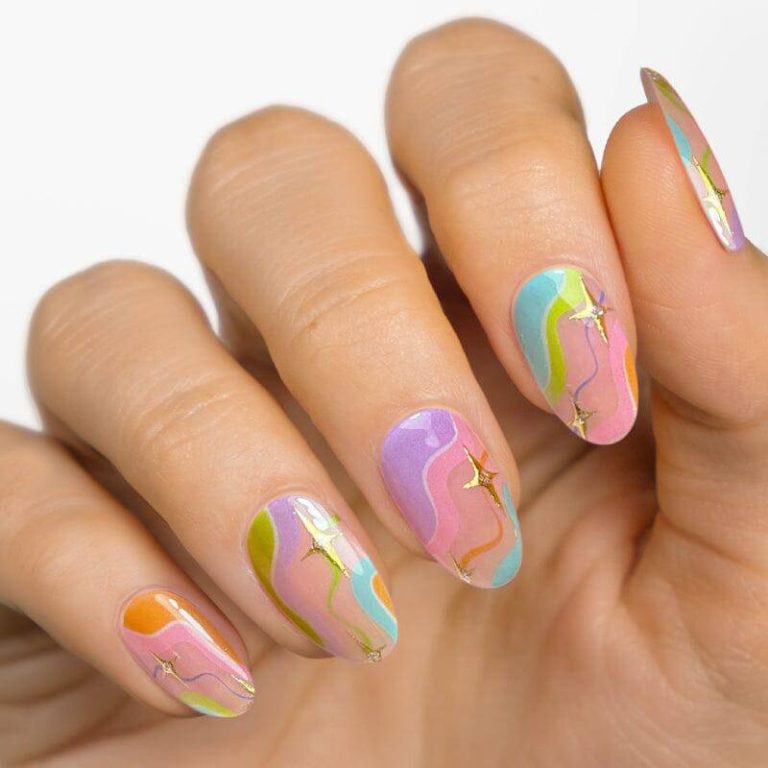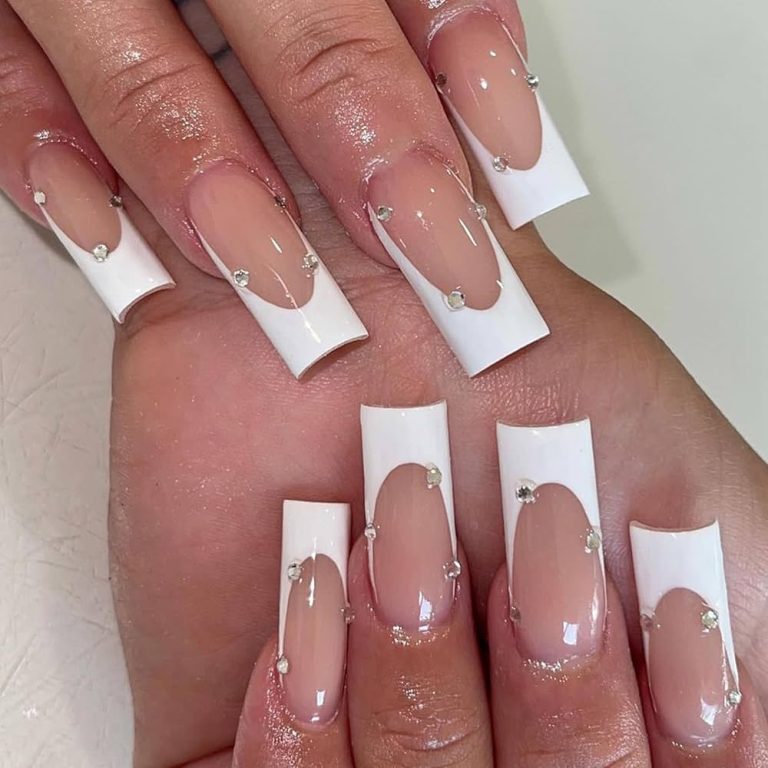
Choosing Nail Files: Preventing Natural Nail Damage
Introduction to Nail File Grit Numbers
Understanding nail file grit numbers is essential for nail care. These numbers tell you how coarse or fine a nail file is. This coarseness or fineness affects how much nail material the file removes. A lower grit number means a rougher file, while a higher number is finer. What grit file should be used on natural nails to prevent damage? For example, an 80 grit file is much coarser than a 240 grit file.
When choosing a nail file, consider the grit number to match the filing task. Coarser files shape and shorten nails quickly. Finer grit files are best for smoothing and finishing touches. For natural nails, which are delicate, a finer file is often best to prevent damage.
Always remember that using the correct nail file grit is important. It’s not just about the shape or the filing technique. The grit number must suit the nail’s strength and the effect you want. By picking the right grit, you’ll help prevent splits, chips, or too much thinning of the nails.

Importance of Choosing the Right Grit for Natural Nails
What grit file should be used on natural nails to prevent damage? Selecting the appropriate nail file grit is crucial for natural nail health. The right grit prevents nail damage while filing. Incorrect grit can lead to split nails or over-thinning. This results in weak nails prone to breakage. A fine grit is gentle and safe for natural nails. It allows for careful shaping without removing too much nail. For natural nails, opt for a higher grit file. Specifically, a range between 180 to 240 is best. These grits smooth edges and refine shape without stress to nails. Remember, the goal is to maintain nail strength and integrity. Choose wisely to keep natural nails healthy and strong.
Grit Ranges Explained: 80 to 240 Grit Files
When it comes to nail file grits, there is a wide spectrum to consider. Understanding this range can help prevent nail damage. Let’s look at the common grits available:
- 80 Grit: This is the coarsest option, best for removing product from nails. It’s too harsh for natural nails and best left for artificial enhancements.
- 100 Grit: Also coarse and mainly used for shaping and shortening artificial nails.
- 150 Grit: This grit is slightly softer, suitable for shaping and smoothing the surface of harder nails such as toenails.
- 180 Grit: Moving into finer files, 180 grit is good for shaping extensions and the free edge of natural nails.
- 240 Grit: The finest of the common grits, 240 grit files are gentle enough for natural nails and ideal for smoothing edges.
Each grit serves a unique purpose. The coarser the grit, the more nail material it can remove. Hence, it is critical to choose the right grit for the task at hand to avoid damage. For example, an 80 grit file can quickly shorten enhancements but can damage natural nails. Using 240 grit promotes safe filing and maintains nail strength.
When filing natural nails to prevent damage, opt for a higher grit file. The goal is to shape and smooth gently without stress to the nail. A range between 180 to 240 grit is typically the best choice. Remember, gentle pressure and appropriate grit keep nails healthy and strong.

Best Practices for Filing Natural Nails
To maintain healthy natural nails, follow these filing best practices:
- Use the Correct Grit: Choose a nail file with a grit between 180 and 240. This grit range is gentle enough to shape and smooth natural nails without causing damage.
- File in One Direction: Avoid a sawing back-and-forth motion. File from the side to the center of the nail in one direction.
- Apply Gentle Pressure: Press lightly when filing to prevent heat buildup and reduce the risk of weakening the nail structure.
- Keep Nails Dry: File nails when they are dry. Wet nails are more susceptible to tearing and peeling.
- Dust Off Regularly: Clean the nail surface with a soft brush after filing to remove filings and check your progress.
- Take Your Time: Be patient. Rushing may lead to mistakes and potentially harm the natural nail.
By adhering to these filing techniques, you help prevent nail damage and ensure your natural nails stay strong and healthy.
Recommendations for Natural Nail Care
Protecting and caring for natural nails during filing is substantial. These recommendations are tailored to guard nail health:
- Select the Right File: Pick a nail file with a grit between 180 and 240 specifically for natural nails.
- Soft Touch: Use a gentle approach when filing. Soft handling prevents nails from getting damaged.
- Avoid Sawing: File with a singular directional movement. This reduces risks of snags and tears.
- Keep Nails Moisturized: Regularly apply oil or cream. Moisturization helps maintain nail flexibility and prevents splitting.
- Do Not Overfile: Only file as much as necessary. Overfiling can make nails thin and weak.
- Use Quality Tools: Invest in high-quality nail files. Better materials are kinder on nails and last longer.
- Protect Cuticles: Do not file too close to the cuticle area. This can lead to irritation and infection.
- Be Consistent: File nails regularly to prevent irregular growth that can lead to breaks.
- Understand Shapes: Identify nail shape before filing. Filing should enhance the nail’s natural shape.
Regular care and proper technique are imperative for nail health. Selecting the correct file grit and applying a careful, consistent approach will ensure your natural nails maintain their strength and beauty.

Different Shapes of Nail Files and Their Uses
When selecting a nail file, shape is important. What grit file should be used on natural nails to prevent damage?Different shapes have specific functions. These vary based on the nail work you’re doing.
- Straight Files: Ideal for sidewalls and tips. They help create a precise, straight free edge.
- Oval Files: Good for broader surfaces. They work well near the cuticle and cover more nail area.
- Banana Files: Their curved design is perfect for cuticle care. They reduce harsh lines and strain on the wrist.
- Halfmoon Files: A mix of straight and curved. They’re versatile for various filing needs around the nail.
Each shape caters to different nail care requirements. Choose the file shape that matches the task. Straight files are for a clean edge. Oval files are for larger nail areas. Banana files are easy on the wrist. Halfmoon files offer versatility. Remember to match the shape to your filing needs. This will ensure best results and maintain nail health.
Caring for Your Nail Files: Cleaning and Sanitization
Proper care for nail files extends their life and effectiveness. Nail files can harbor bacteria and debris, so cleaning and sanitizing them is essential. Here are simple steps for file maintenance.
- Clean After Each Use: Brush off nail debris with a stiff brush. This prevents buildup.
- Wash with Soap: Soak files in soapy water. This helps remove oils and particles.
- Dry Thoroughly: Avoid moisture, which can damage files. Lay them on a towel to dry.
- Sanitize: Use a disinfectant spray or soak. This step kills germs and prevents infection.
- Store Properly: Keep files in dry, sealed containers. This protects them from contaminants.
Regular cleaning prolongs a file’s lifespan and protects nail health. Dedicate time to sanitization routines to ensure safe nail care practices. Remember, a clean nail file is a safe tool.

When to Replace Nail Files to Ensure Nail Health
Knowing when to replace nail files is key for healthy nails. Much like other tools, nail files wear down with use. Worn-out files can lead to ineffective filing. This can make filing take longer. It can also cause damage to the nails. It’s time to change your nail file when it no longer performs well. Look for signs like dullness and a lack of coarseness. If you have to press harder than usual, it’s a sign to replace it.
Regular replacement prevents harm to the nail plate. Also, if a file comes in contact with blood, replace it immediately. This is important to avoid infection. Aim to maintain a stock of files. This ensures you always have a good one ready. High-quality files need less frequent replacing. They also offer a safer experience for your nails.
Pay attention to the feel of your files. A fresh file should glide over the nail with ease. If you start to force your filing, it’s time for a new one. Prevent strain on your hands and arms. Keep your files in top condition. This will keep your nails healthy too.
Remember, a smooth file equals a smooth nail. A rough file can cause snags and splits. Invest in quality nail files. This practice respects your nails and cares for your hands. Regularly change your nail files for the best nail health.

